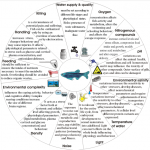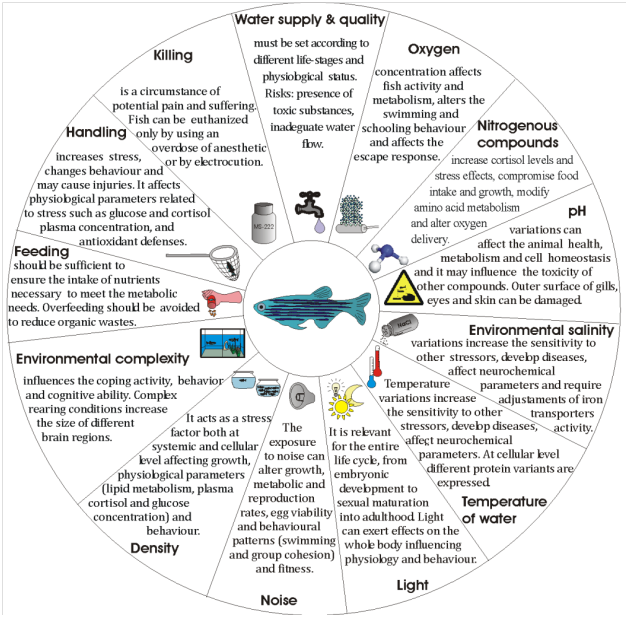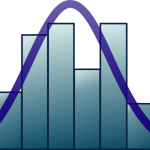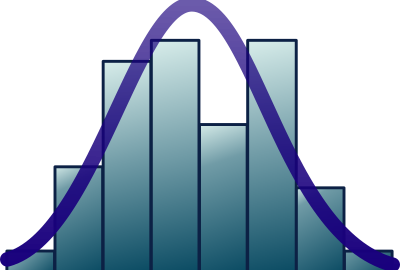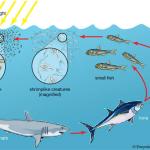Environment and Fisheries/Aquaculture Interactions
General overview of the impact of environmental and breeding conditions on the safety/quality of seafood, both in fisheries and in aquaculture.The students will get a general overview on the interactions between environmental and breeding conditions on the safety/quality of seafood, both in fisheries and in aquaculture. Aims to provide a general view of the impact of environmental conditions, pollutants, climate change and breeding conditions on the safety, quality and biochemical composition of seafood; to provide knowledge suitable to be applied to farming practices and to seafood safety; and to provide a general view of the impact of fisheries and aquaculture on environmental quality status and ecosystem health.
At the end of the unit, you should be able to:
- Find relevant information including updates in laws and regulations and Rapid Alert System for Food and Feed (RASFF);
- Actively participate in seminars and discussions;
- Become familiar with the production system and the introduction, control and elimination of undesirable substances from the production chain.
- Understand the relationship between environmental conditions and seafood safety.
At the end of the Unit the student should be able to find relevant information including updates in laws and regulations and Rapid Alert System for Food and Feed (RASFF); and become familiar with the seafood production system and the introduction, control and elimination of undesirable substances from the seafood production chain.
Course Contents
- The environment and seafood safety: introductory remarks
- Seafood safety hazards: anthropogenic contaminants, toxins, virus, bacteria, allergen, parasites
- Emerging risks and climate change
- Ensuring seafood safety: Hazard analysis and critical control points (HACCP)
- Seafood quality: fish nutrition, harvesting methods, post-mortem changes
- Seafood authenticity and how to fight fraud on species identification, geographic origin, production and processing.
- Environmental impact of fisheries and aquaculture
- Intelligent aquaculture systems
Final Competences
- Know the foundations of seafood safety and authenticity.
- Understand how diverse factors affect fish wellbeing and seafood safety/quality.
- Know procedures to ensure seafood safety/quality and human health.
- Be familiar with analytical methods to identify fraud and the relationship between fraud and seafood safety.
Further course information can be found here: https://studiekiezer.ugent.be/2026/studiefiche/en/C004230

